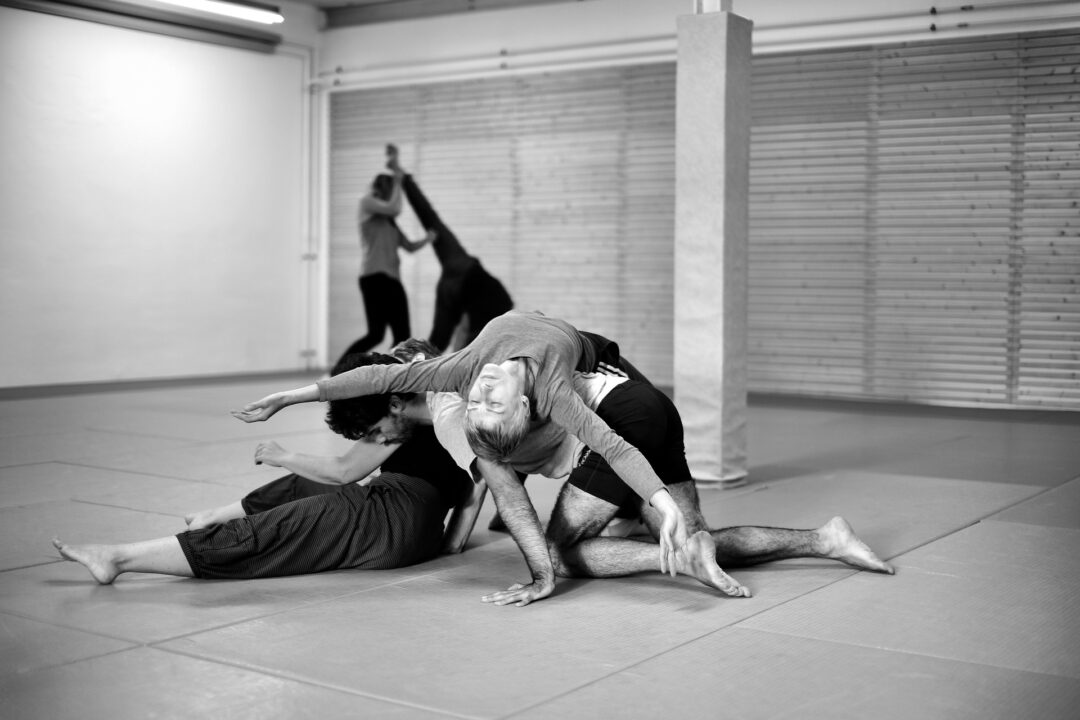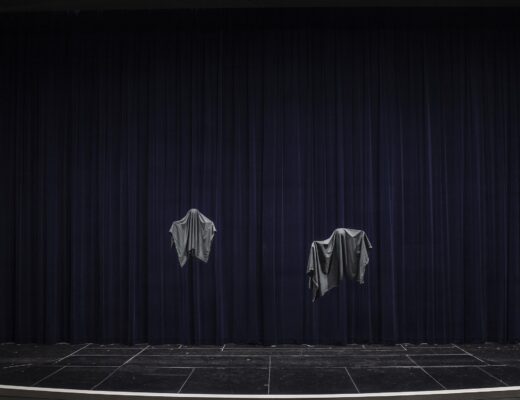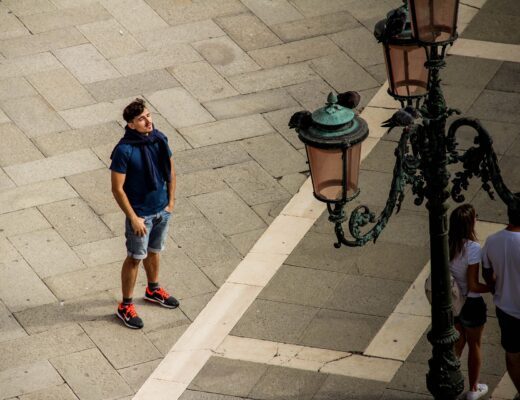Hey actors.
Know you need to add movement work to your craft, but you’re struggling to figure out which movement method is best?
You’re not alone.
There are many different movement methods for actors out there. It’s honestly overwhelming. It seems like a serious commitment, often with people swearing one method is the “only method”. Kinda similar to what you may hear about different acting methods.
So, I’ll state here and now, to be absolutely crystal clear, you DON’T need to choose only one movement method.
Or you can.
It’s 1,000% YOUR CHOICE.
My philosophy is to look into what piques your interest first. This way you can add it to your toolbox and then see what another one can teach you.
Seriously, keep adding to that toolbox, you never know when something may come in handy.
As for me, I love to mix and match, as I’ve found each role tends to require something different. I do, however, tend to come back to my tried and true favorites most of the time.
Alright, all this being said, you need a place to start. With many options out there and even more teachers, (because every teacher will bring their own spin to things), this can lead to potential paralysis, right? Which is the ‘right’ one for me?
So, here’s a brief, tip of the iceberg poke (in no particular order) of some of the more popular movement methods for actors out there.
See if any sparks your interest!
Alexander Technique
“You can’t do something you don’t know, if you keep on doing what you know.” F.M. Alexander
Developed by Frederick Matthias Alexander in the late 1800s, this technique focuses on body-mind awareness and helping you become conscious of your unconscious habits.
By becoming aware of your unconscious habits, you’re better equipped to unlearn them, which helps your body function to the best of its ability. Both for yourself and your life, but also as an actor.
A great example of an unconscious habit in our world these days is any kind of chronic tension. Think neck and back pain, bad posture, and the buildup of tense muscles in your body. This technique address all of that.
Something to note is it’s not just used in acting spaces, but also in more general health and wellness arenas too. I will say that the more I dived into movement work as an actor, the more I began to realize how many tools I’d learned were really useful in my life as a human.
It may go without saying that this is a movement method many actors swear by. Including many greats like Julie Andrews, William Hurt, Dame Maggie Smith, James Earl Jones, and Alan Rickman. They’ve gotta be onto something, right?
Viewpoints
“You cannot create results. You can only create conditions in which something might happen.” Anne Bogart
Viewpoints is an investigation through improvisation of the creation of art.
This method was developed originally by choreographer Mary Overlie with six viewpoints, which was eventually expanded upon by acting teachers Anne Bogart and Tina Landau who have nine viewpoints, and it’s used by actors and directors all over the world.
Its focus is on the exploration of human emotions, no matter how large or small. The nine viewpoint system by Bogart and Landau are shape, gesture, repetition, architecture, tempo, duration, topography, kinesthetic response, and spatial relationship.
Something that’s interesting about this technique is that it’s not intended to be seen as a part of the finished product, but rather to be used during the rehearsal process to discover new moments.
I was involved in a production of The Glass Menagerie a few years ago and our director incorporated viewpoints into our first rehearsals. It was such a wonderful way to explore the relationships between us as an ensemble of four as well as our individual relationship with the environment around us. I remember us taking what we learned during those exercises and carried them through the entire process of the show.
Szuki Method
“There are two impulses in theatre: to be frivolous or to make rules.” Tadashi Szuki
The Szuki method, created by Japanese director, Tadashi Suzuki, is an incredibly intense movement method.
It pulls from traditional Japanese styles such as Kabuki and Noh, as well as martial arts. If you have a background in martial arts this may be a great fit for you., though, I will add that it isn’t for the faint of heart.
Since the primary focus is on core work and discipline it requires a great deal of dedication. Lots of repetition, squatting, and stomping required here.
My experience with Szuki is that it isn’t only exhausting, but it’ll get your legs in incredible shape. Like, seriously good shape. I will say, for actors who tend to get caught up and stuck in their heads this challenging but liberating style may be worth a try.
Jacques Lecoq
“The body knows things about which the mind is ignorant.” Jacques Lecoq
Jacques was a French actor, director and movement coach. His teachings draw on historical styles such as Commedia Dell’arte, greek chorus, mime, mask and clown work.
He founded a school in the mid-1950s called L’École Internationale de Théâtre Jacques Lecoq, which is still open today in Paris and considered one of the best physical training centers. It only accepts a handful of students a year and the program is conducted in French.
In addiction to mime and mask work a great deal of other physical forms are incorporated including stage combat, juggling and some acrobatics, depending on the teacher.
I have to say that studying mask work was definitely one of the most freeing experiences I’ve ever had while in acting conservatory. There’s an honesty that comes from it, almost a ritual nature about it that for the stage actor specifically, feels like a coming home to the Greek chorus.
Labanotation
“Existence is movement. Action is movement. Existence is defined by the rhythm and forces in natural balance.” Rudolf von Laban
Labannotation was developed by Rudolf Laban who was a dancer, choreographer, teacher, and theoretician in the early to mid-1900s.
This is the main method that I employ both as an actor and teacher and I have a whole post that goes into more details about him if you wanna take a look.
Laban had more of a scientific approach to movement, by creating a vocabulary and identifying the basic building blocks that fall into the four categories of flow, weight, time, and space.
This is a great movement method for actors to create different character movement signatures to help each one physically differ from the others. I’ve also found it’s a great technique to use in the audition space when a casting director says, “Great, now show me something different.” This allows you to show them something physically different too, no matter how subtle.
Alright, there you have it!
So, which movement method sounds intriguing to you?
As I said, really, truly, there is no “right” or “wrong” choice. We’re all unique snowflakes and what may work for you may not for others.
Who knows what you may discover about your craft and yourself by checking out these movement methods for yourself!




